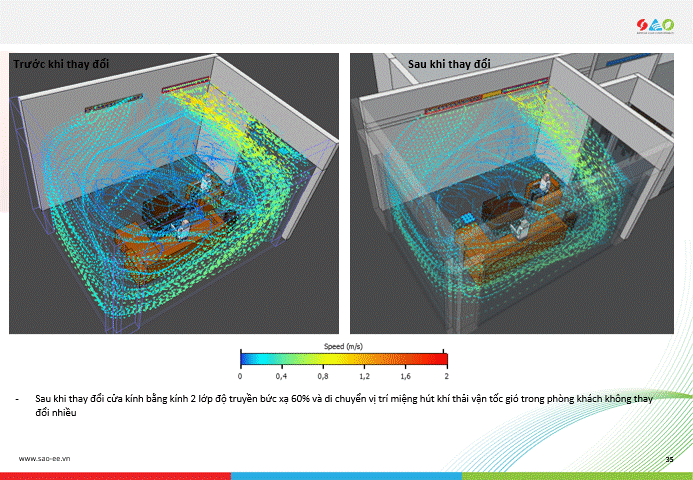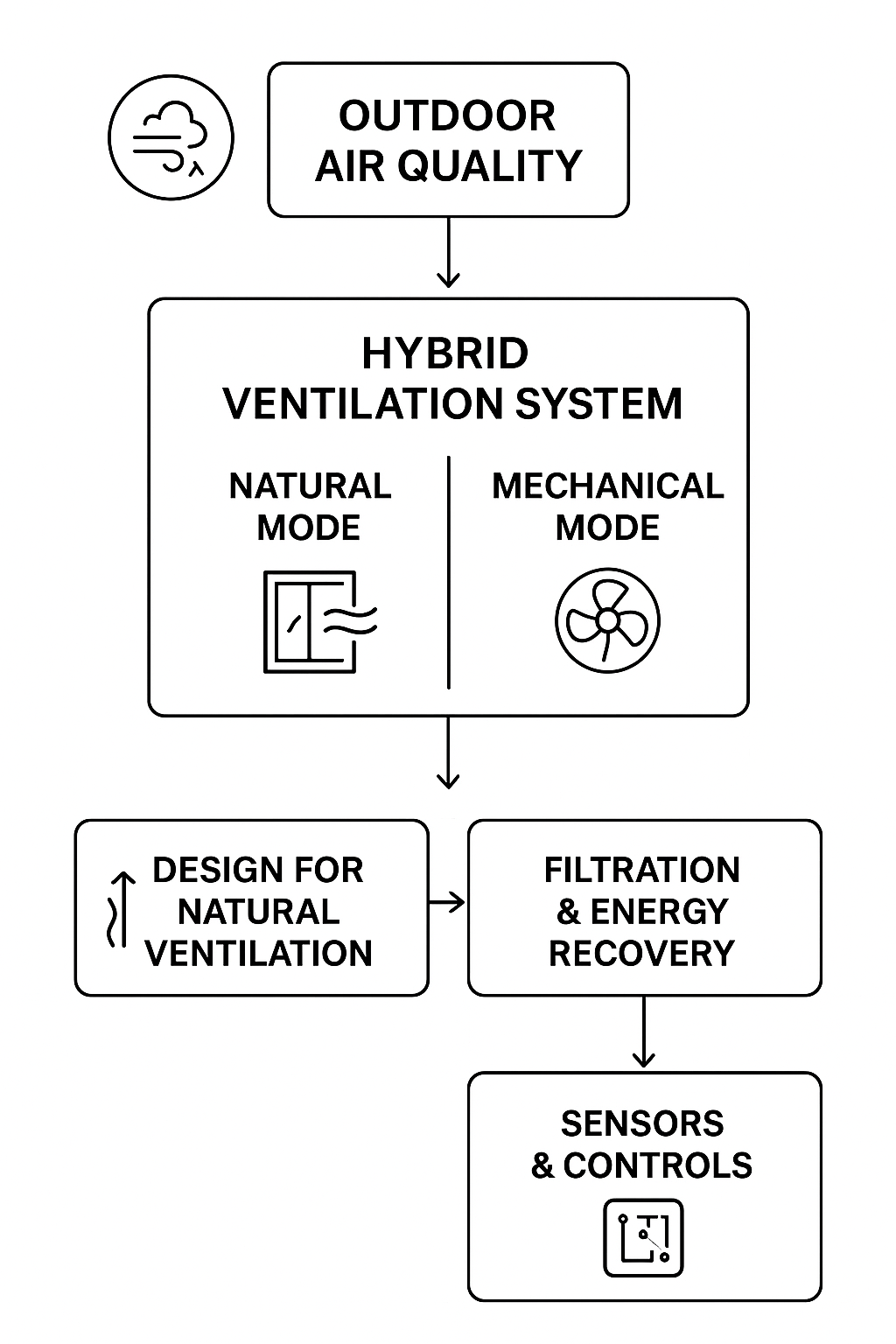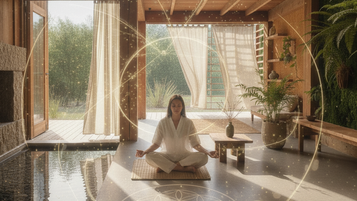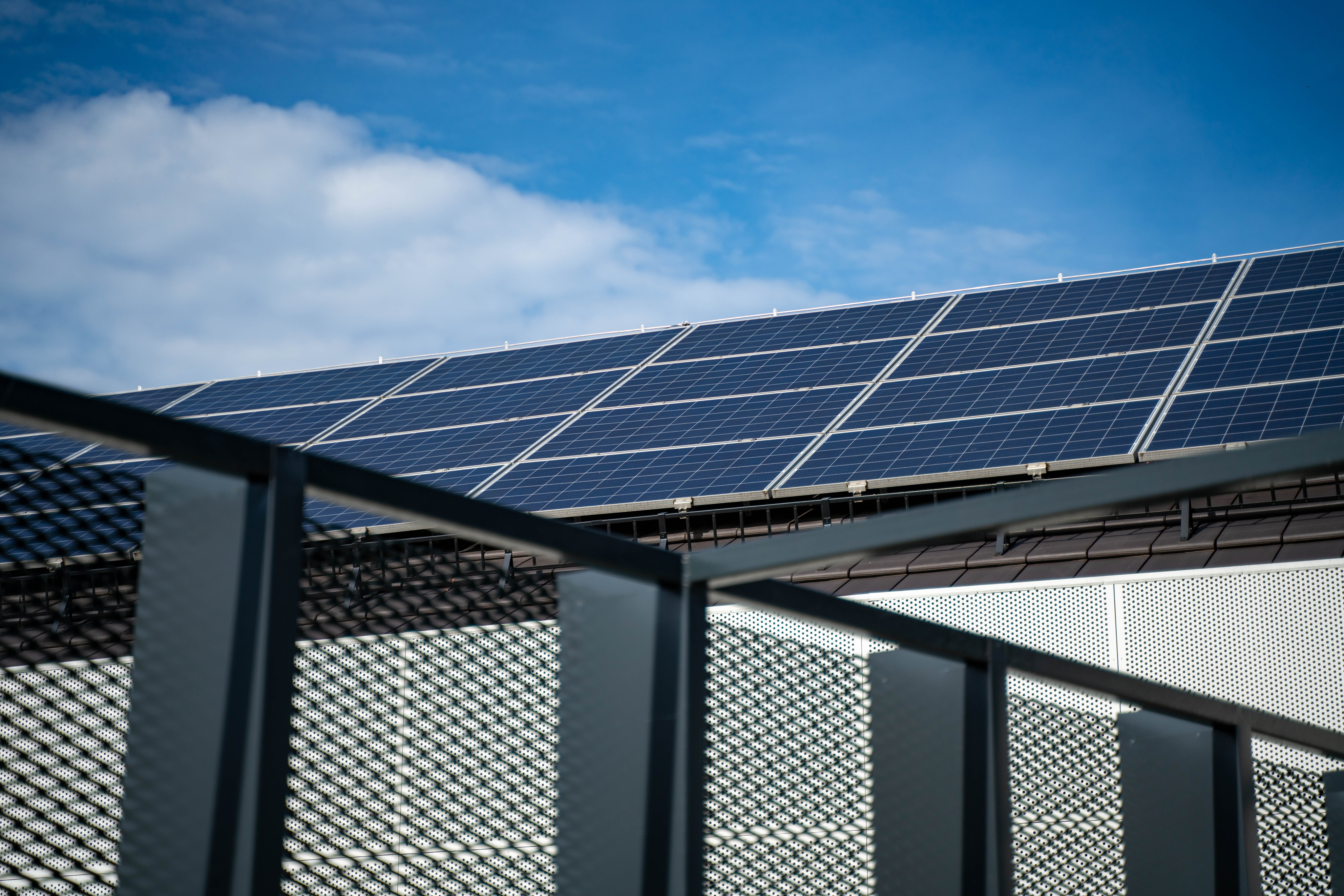To achieve balance between these two elements, we can apply the “Hybrid Ventilation & IAQ Management” approach — combining natural and mechanical ventilation intelligently, based on air quality data.
Below is the detailed approach:
🌿 1. Evaluate Outdoor Air Quality (OAQ)
First, assess the sources and levels of pollution surrounding the building (fine dust, vehicle emissions, VOCs, humidity, wind direction).
From there, identify when and under what conditions natural ventilation can be safely used.
👉 Outdoor IAQ sensors can be installed to continuously monitor CO₂, PM2.5, and TVOC in real time.
⚙️ 2. Apply a Hybrid Ventilation System
The system operates with two flexible modes:
🌬 Natural Mode: When outdoor air quality is good → open windows, louvers, or operate assist fans to utilize natural airflow.
🌀 Mechanical Mode: When pollution increases or weather conditions are unfavorable → automatically switch to the HVAC system with HEPA, activated carbon, or electrostatic filters.
The system can operate automatically based on sensors for PM2.5, CO₂, VOC, temperature, and humidity.


🌞 3. Use Air Filtration and Energy Recovery Systems
ERV/HRV (Energy Recovery Ventilator): Filters the air while recovering energy from exhaust air to save HVAC energy.
Multi-layer filtration: Includes PM2.5, activated carbon, UV-C, or Plasma filters for sterilization and odor removal.
Smart IAQ sensors integrated with control systems (such as In.Licht WELL) allow monitoring and optimization of system performance.
🏡 4. Architectural Design to Support Natural Breathing
Incorporate vertical ventilation shafts (stack effect), atriums, air inlets, loggias, or green buffer zones to enhance natural air circulation.
Integrate air-purifying plants in spaces where natural ventilation is possible.
Use low-VOC and eco-friendly materials to minimize indoor pollution.
🌱 5. Integrated Approach Toward WELL & Passive House
WELL includes requirements such as A08 (Air Quality Monitoring), A12 (Air Filtration), A13 (Source Separation), and T06 (Thermal Comfort Monitoring).
Combine this with Passive House envelope design to reduce dependence on HVAC systems while maintaining a stable and healthy indoor environment.
👉 In summary:
The “complete” solution is to combine controlled natural ventilation with smart mechanical systems guided by IAQ sensors, ensuring that occupants can breathe fresh air while remaining protected from outdoor pollution.

Tags
Related news

10 Innovative Ways to Use IAQ Data for Healthy Buildings
Closing the Gap Between Data and Action For forward-thinking organizations, improving Indoor Air Quality (IAQ) is a strategic priority. IAQ...
View detail
Designing the Mindful Home: From Matter to Energy
A mindful home is not merely a place to live — it is a conscious space, where every line, material,...
View detail
Body – Mind – Qi: The Foundation of Healing Architecture
The home is not only a shelter for the body but also a space that nurtures the soul and life...
View detail





